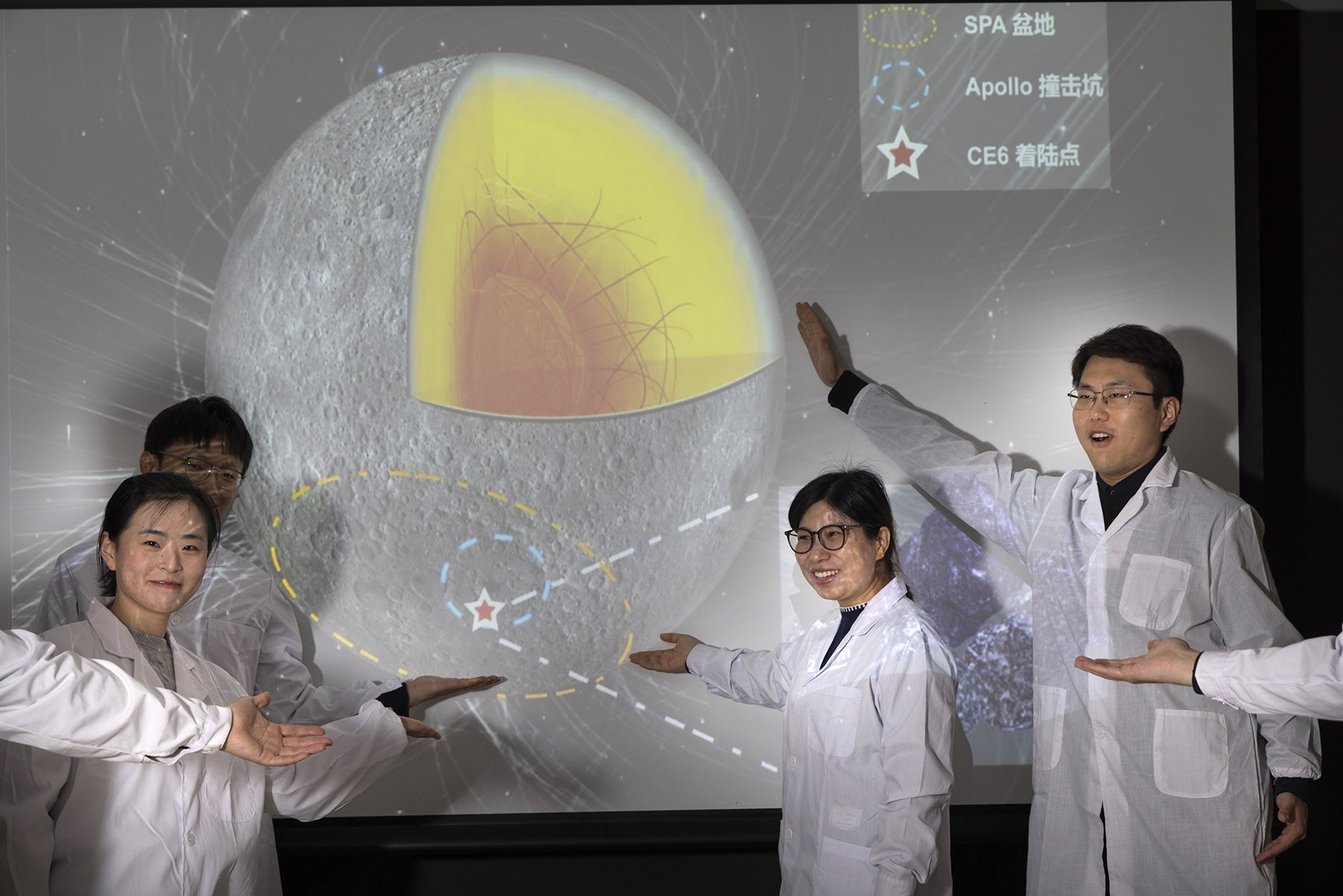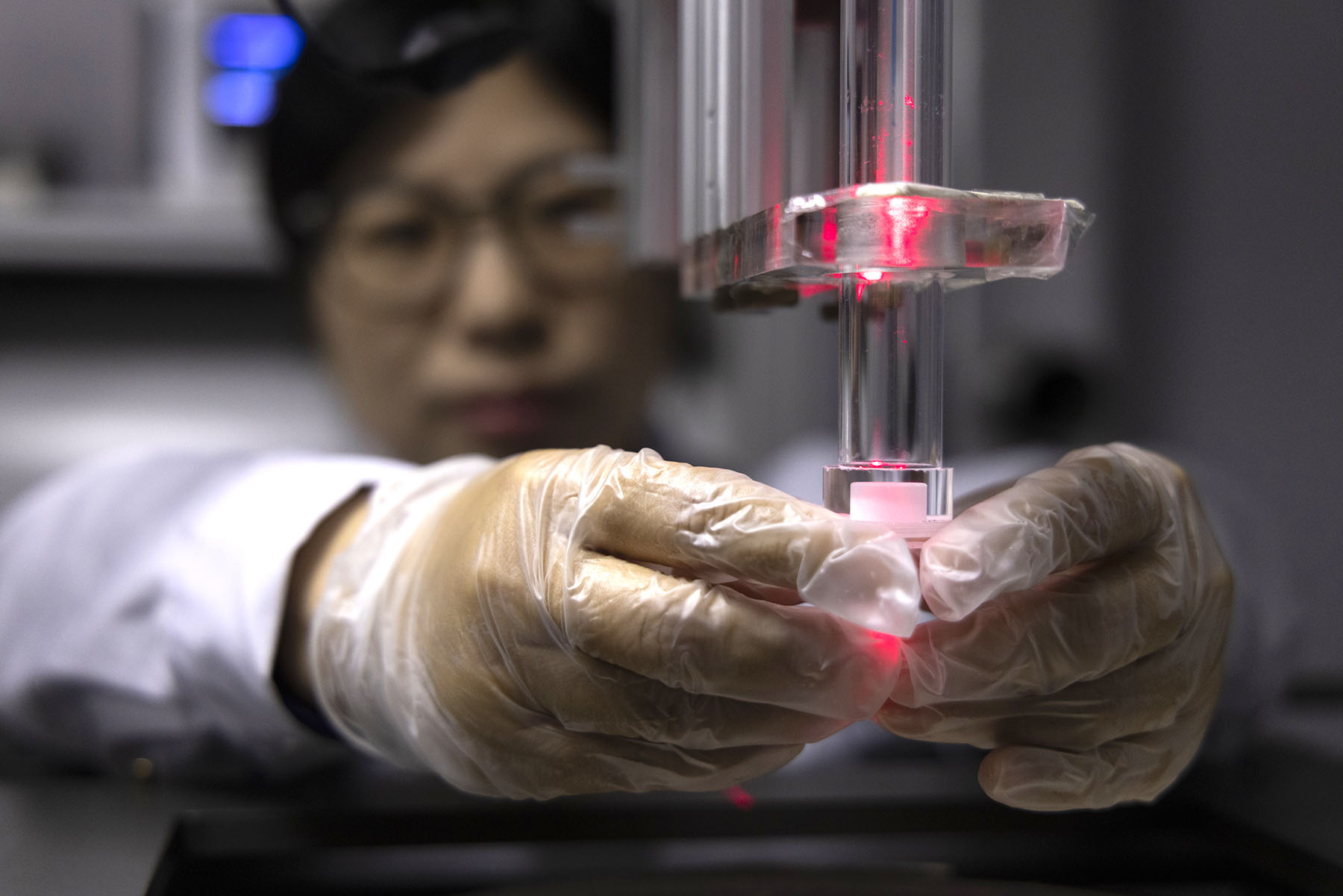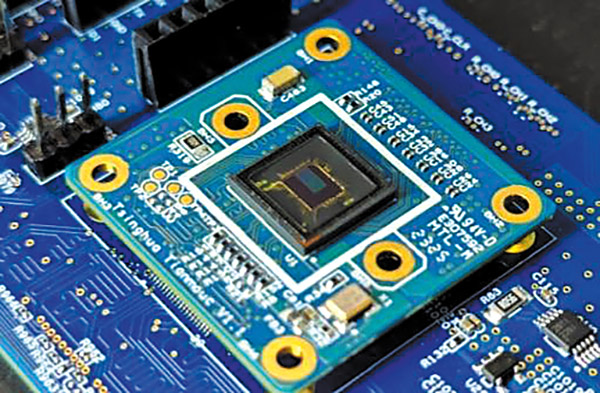From lunar samples to AI, advancements came thick and fast in 2024

Last year saw significant advances in science and technology in China, as the nation works toward becoming a "strong country in science and technology" by 2035.
In September, the Global Innovation Index 2024 released by the World Intellectual Property Organization revealed that China had climbed to 11th place in global innovation, a rise of one place from the previous year. The nation has been one of the fastest-growing economies in the innovation index over the past decade.
Zhou Zhiyi, a member of the Chinese Society for Science and Technology Journalism, has tracked China's development in this field for many years.
READ MORE: China's State Council appoints, removes officials
"China has a strong momentum in establishing science and technology innovation clusters, with 26 such clusters ranking among the top 100 globally for the second consecutive year," he said, highlighting that when the nation decides to push in a certain direction for development no efforts are spared.
One such example has been China's lunar missions to the far side of the moon.
The research findings based on lunar soil samples brought back by the nation's Chang'e 6 mission have been featured in international news and academic journals in the past months.
The Chang'e 6 mission's achievement of bringing back the world's first soil samples from the far side of the moon was recognized as one of the top 10 scientific events of 2024 by specialist newspaper and media outlet Science and Technology Daily.
Previously, the global scientific community's understanding of the far side of the moon was primarily based on remote sensing studies.
On June 25, the Chang'e 6 lunar probe brought nearly 2 kilograms of lunar samples to the Earth for the first time in human history. These samples were collected from the South Pole-Aitken Basin, the largest, deepest and oldest basin on the moon.
These samples provide important evidence to clarify the differences in material composition between the near side and far side of the moon and to unravel the mystery of the moon's dichotomy.
Professor Li Qiuli from the Institute of Geology and Geophysics at the Chinese Academy of Sciences underpinned this importance.
"Unraveling the volcanic history of the lunar far side is crucial for understanding the hemispheric dichotomy of the moon," he said.
In November, Chinese scientists published two independent research studies in the international academic journals Nature and Science, utilizing far side lunar samples returned by the Chang'e 6 mission.
These studies revealed magma activity on the lunar surface around 4.2 billion years ago, lasting for at least 1.4 billion years, further enriching the scientific understanding of the moon's evolution.
Reviewers of the study published in Nature described it as "incredibly exciting".
Since 2021, Chinese scientists have also used lunar soil samples returned by the Chang'e 5 mission to demonstrate that significant magma activity still existed on the near side of the moon 2 billion years ago, and minor volcanic activity persisted as recently as 120 million years ago.

In July, another groundbreaking discovery attracted global attention when Chinese scientists found molecular water in lunar soil samples returned by Chang'e 5.
"On the lunar surface, due to high temperatures and the vacuum, liquid water cannot exist, so what has been discovered this time is crystalline water. This means that water molecules have combined with other ions to form crystals," said Jin Shifeng, an associate researcher at the Institute of Physics at the CAS.
Crystalline water is more common on Earth in forms such as common copper sulfate pentahydrate, which contains crystalline water. However, the discovery of crystalline water on the moon is a first.
"This is a real water molecule. When slightly heated under vacuum conditions on the moon, it is estimated that water vapor can be released at around 70 C," Jin said. "Of course, if it were on Earth, with the presence of air, it would likely need to be heated to 100 C."
Previously, signs of molecular water had been discovered through remote sensing technology, as well as "water" in geology, which refers to anything that contains hydroxide ions, but this is different from water as it is known in daily life.
The presence of water on the moon is crucial for lunar evolution studies and resource development.
The absence of water-bearing minerals in the lunar soil samples brought back from the Apollo missions led to the basic assumption in lunar science that the moon was devoid of water, Jin said.

Another technological advancement came in May when it was announced that Chinese scientists had developed the world's first brain-like complementary visual chip. Called Tianmouc, the visual chip may be used in future applications of autonomous driving, intelligent robots and cellphones.
Shi Luping, a professor at the Department of Precision Instruments at Tsinghua University, and director of the Brain-inspired Computing and Social Interaction Research Center that developed the chip, said it marks a fundamental breakthrough for China, or even the world, in both brain-like computing and brain-like perception.
Real-world applications of artificial intelligence systems need to handle vast amounts of data and also cope with various extreme events, and Tianmouc can handle both.
"An autonomous driving system may encounter sudden dangers, drastic light changes at tunnel entrances and exits, strong flash interference at night, and more. Visual perception is an important way for artificial intelligence to acquire information and is a crucial component of AI," said Shi.
"Traditional visual perception chips typically have high power consumption, and the high data volume also demands high bandwidth. Therefore, in dealing with extreme scenarios, issues such as image distortion and high latency may arise, affecting the stability and safety of the system," he said.
ALSO READ: Ex-Chinese diplomat: Cooperation only viable way to keep control of AI
Tianmouc breaks down open-world visual information into information representations based on visual primitives, and by combining these primitives, it mimics the characteristics of the human visual system, forming two visual perception pathways. This significantly reduces energy consumption and bandwidth, while also improving the accuracy of perception.
"We are completely following our own technological path, which is original. We have created dual pathways imitating the human eye. So when AI makes decisions, it doesn't have to wait until it can 'see' things clearly like current technologies," Shi explained.
President Xi Jinping has emphasized the strategic position and fundamental support role of science and technology, anchoring the strategic goal of building a strong country in science and technology by 2035.
This has received widespread support from the scientific community.
Cai Rui, a political adviser from the Liaoning Provincial Department of Science and Technology, said, "The top-level design and overall planning at the national level emboldened China to accelerate high-level technological self-reliance, and in some ways led to all the outputs from scientists."


